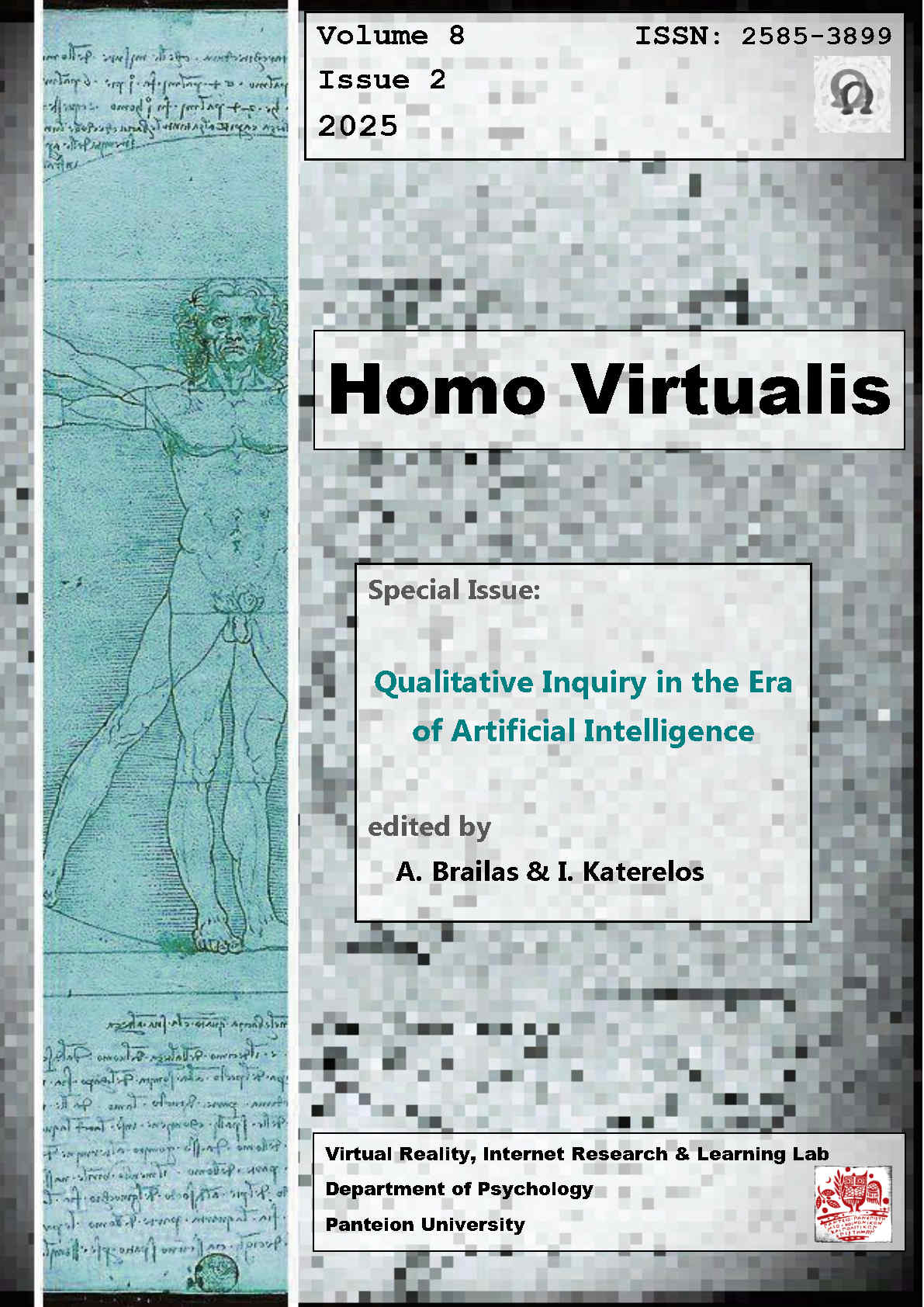Embodied queer: Multimodal narrative interventions
Résumé
The current research examines the queer body as a site of negotiation for concepts such as identity, normative violence, resistance, and reclamation, within the Greek context, aiming to bridge the research gap in the qualitative exploration of embodied queer experience. Its objective is to understand how queer individuals experience and re-appropriate their bodies in response to the hegemonic pressure that often renders them dispossessed. The study employed body-mapping, a multimodal qualitative methodology, along with appreciative semi-structured interviews of ten queer participants in Athens. Findings, created through reflexive thematic analysis, highlight the complexity of queer experience and identify four main themes. The first one is concerned with experiences of social control and homo/transphobia, which give rise to feelings of shame, inadequacy, insecurity, and diminished bodily agency. The second theme addresses the psychosomatic imprint of performativity, including anxiety, dysphoria, psychosomatic pain, experiences of self-punishment and disconnection. The third thematic field refers to the fluid and non-linear (in terms of temporality) nature of identity negotiation and includes processes such as self and bodily acceptance and the ambivalence inherent in them. The fourth theme foregrounds authentic self-expression, joy, and the retooling of the body as a site of resistance, disidentification and creative reconstruction, deeply grounded in the support of the community and the mutual care it provides. This study serves as a contribution to the qualitative investigation of embodied queer experience in Greece, encouraging further research using arts-based methodologies that engage the body, as approaches such as this one constitute practices of beneficial intervention and open new pathways for understanding.
Article Details
- Comment citer
-
Maraslidou , D. M. (2025). Embodied queer: Multimodal narrative interventions. Homo Virtualis, 8(2), 220–280. https://doi.org/10.12681/homvir.43492
- Rubrique
- Articles

Ce travail est disponible sous la licence Creative Commons Attribution 4.0 International .
Authors who publish with this journal agree to the following terms:
· Authors retain copyright and grant the journal right of first publication with the work simultaneously licensed under a Creative Commons Attribution License that allows others to share the work with an acknowledgement of the work's authorship and initial publication in this journal.
· Authors are able to enter into separate, additional contractual arrangements for the non-exclusive distribution of the journal's published version of the work (e.g. post it to an institutional repository or publish it in a book), with an acknowledgement of its initial publication in this journal.
· Authors are permitted and encouraged to post their work online (preferably in institutional repositories or on their website) prior to and during the submission process, as it can lead to productive exchanges, as well as earlier and greater citation of published work.



